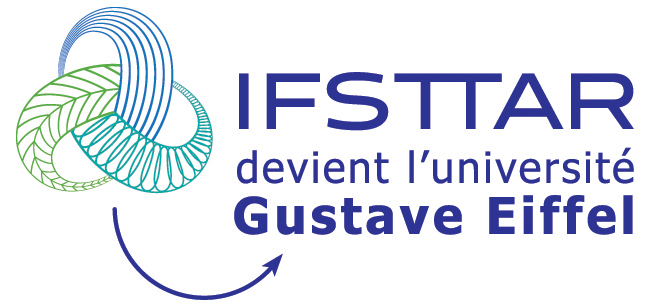Intergranular stress and plastic strain formation during laser scanning of an additively manufactured stainless steel: an experimentally-driven thermomechanical simulation study
Résumé
A novel experiment-driven modelling and simulation approach is proposed to study the formation of intergranular stresses and plastic strains during laser scanning of additively manufactured 316L stainless steel. Recently, laser scanning experiments were performed using a unique coupling between a continuous-wave laser and a scanning electron microscope. These experiments form the basis for the development of a thermo-elasto-viscoplastic polycrystal model endowed with the minimum necessary physics of the problem in order to facilitate simulating sufficiently large domains to obtain reasonable stress magnitudes. The case of a single laser line scan performed in vacuum is analyzed in detail. Polar dislocation density magnitudes and distribution predicted from the simulation are compared with those measured experimentally. Results reveal that for 93% of the grains in the lasered zone, a statistical measure of the predicted polar dislocation density (Nye’s) tensor lies within a factor of 2 (higher or lower) of the experimental one; this result sets a benchmark for future experiment-simulation comparisons. Subsequent investigation studies the origin of the local residual stresses and plastic strains. On the lasered surface, the grain surface-averaged normal residual stress component and plastic strain component along the scan direction reaches a value and 0.04, respectively. The contribution of elastic anisotropy, plastic heterogeneity and strengthening due to microstructure refinement after laser scanning on the formation of stresses and plastic strains is studied in detail.
| Origine | Fichiers produits par l'(les) auteur(s) |
|---|
